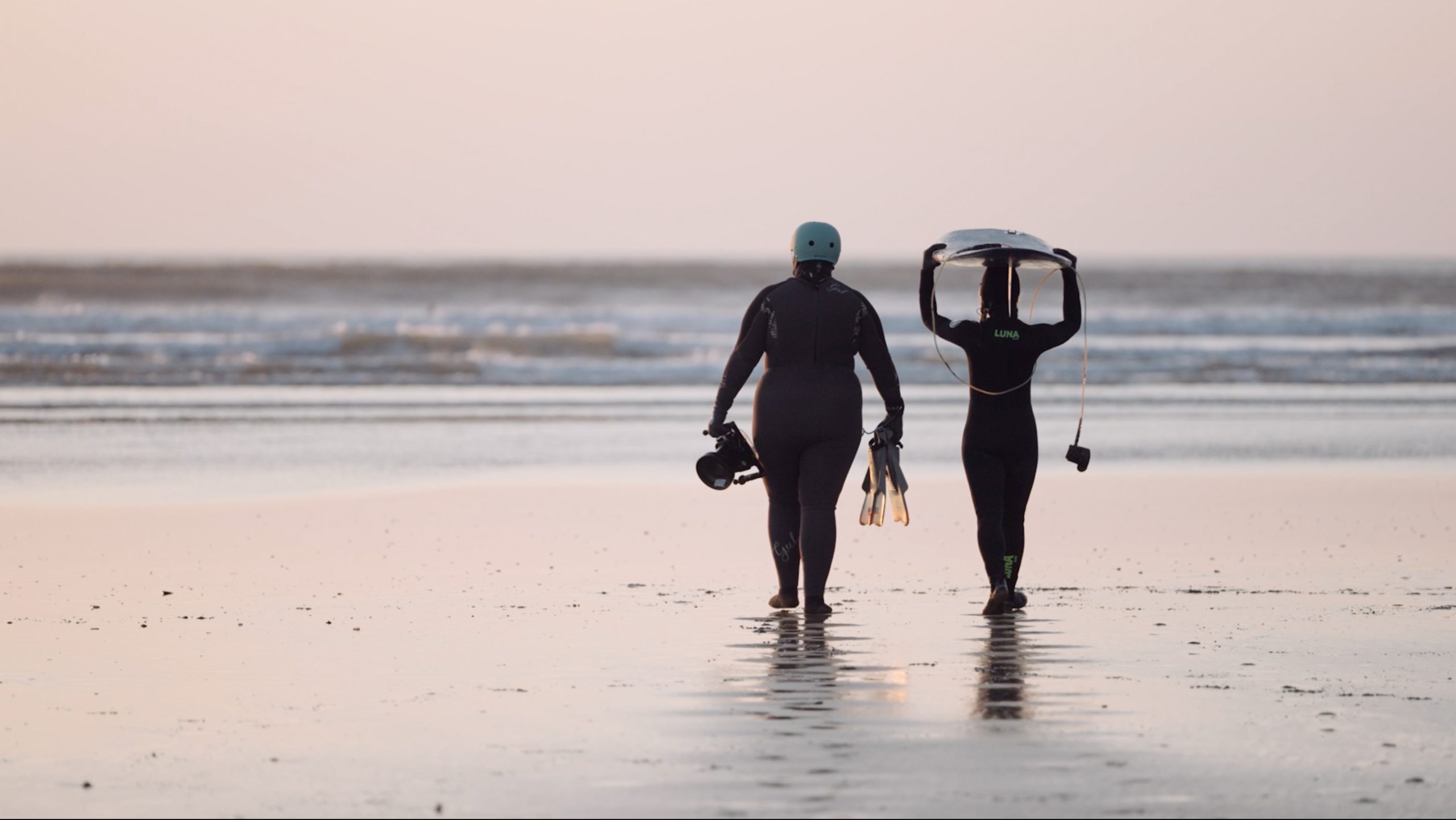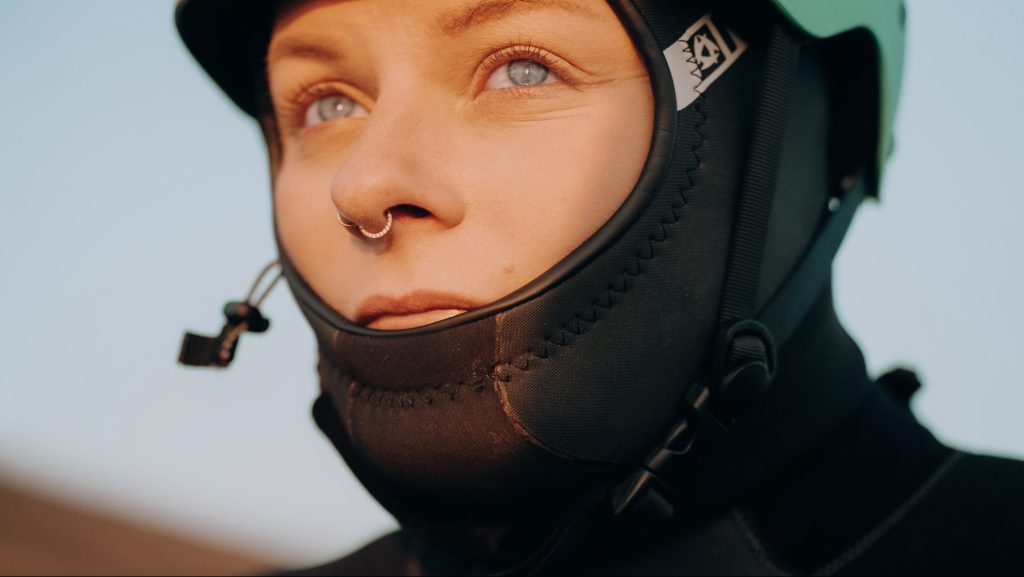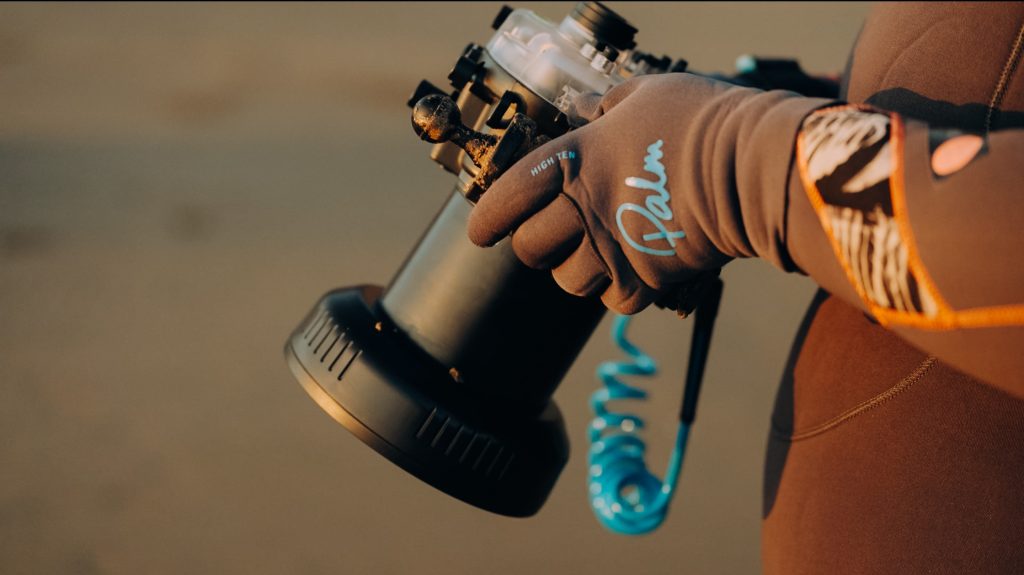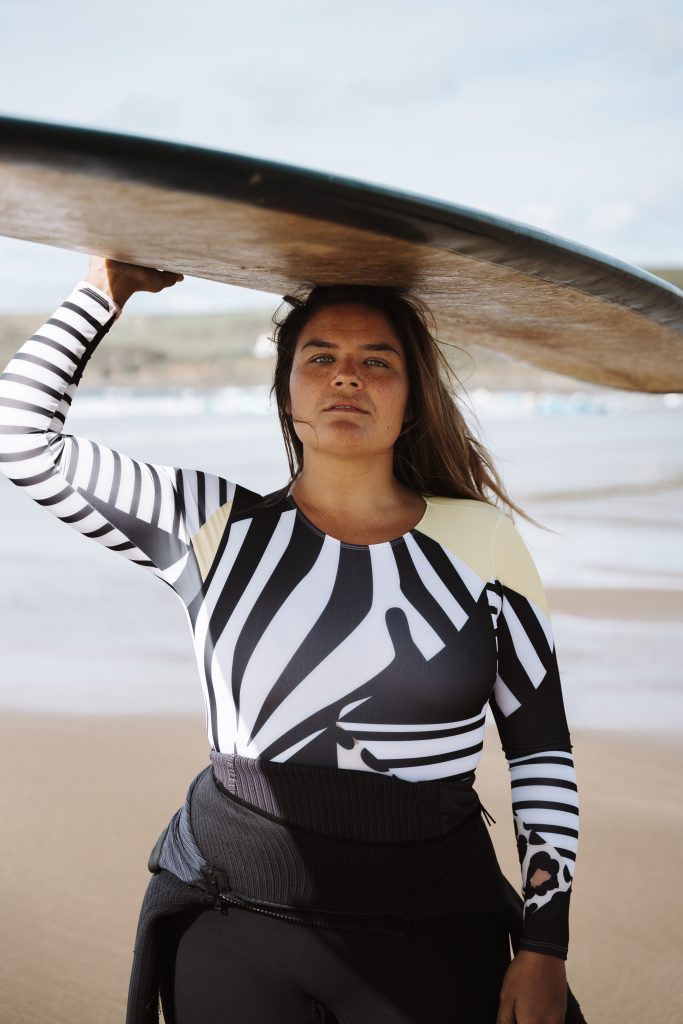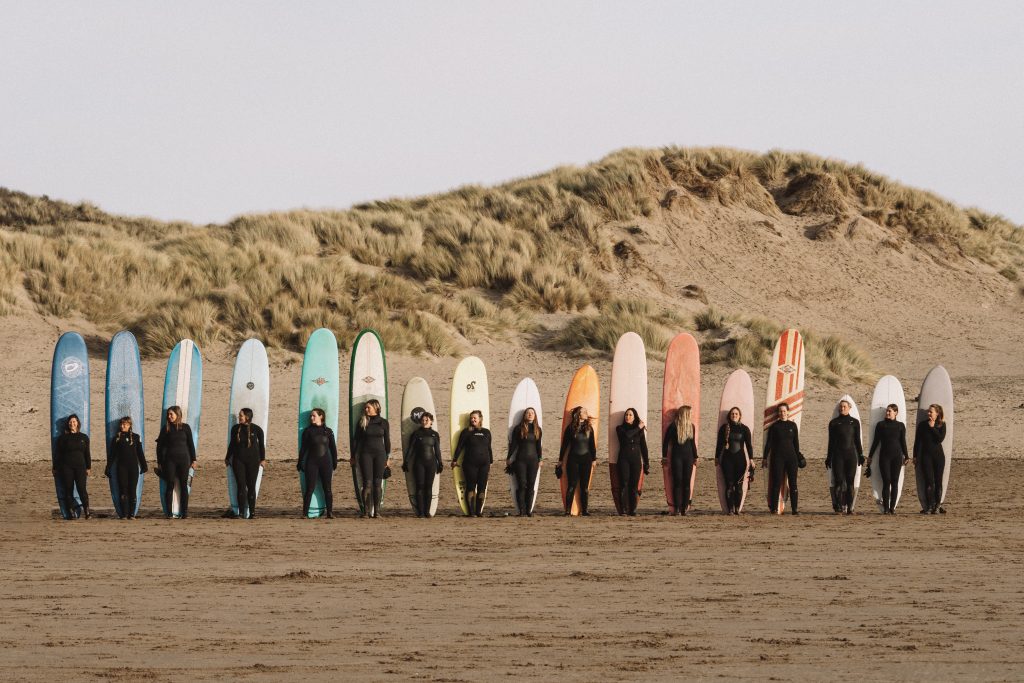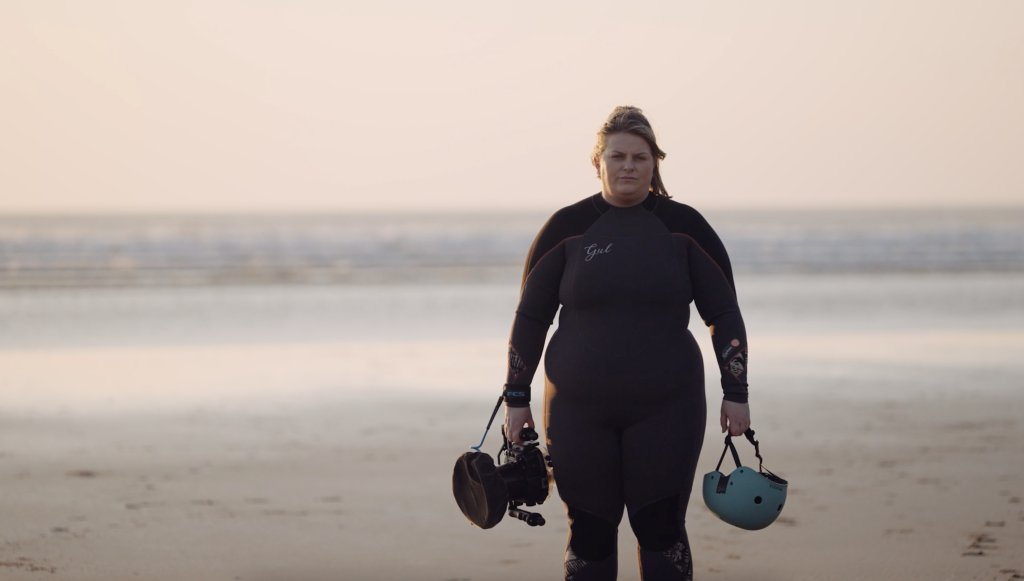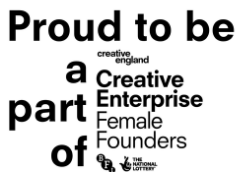To coincide with World Ocean Day, Shannon Munro Denny sat down with Lou Pamment to talk about the art and experience of filming from the water.
” I’d just be watching people catch these waves thinking, “Oh wow, that is such a great shot.” Eventually it led me to take the plunge and invest in water housing.”
You’ve had a long career in telecoms. How was it that you got into film?
Photography was actually my original jam. I went to college to study photography, but unfortunately I didn’t have the best experience. Eventually I got to a bit of an impasse and ended up leaving college to go into full time work, so that steered me away from the photography path. I was a bit lost actually. I found my way again after living in the Balearics for seven months. When I got back to the UK, I got a job in Devon, picked up my camera again and photography crept back in as a hobby.
What’s the appeal of the medium for you?
I think it might be in my blood. My grandfather loved photography and my mum loves photography, so I’ve always been drawn to it. I sort of see the world as a photograph if that makes sense. I kept getting enquiries about whether I would do photographs as paid work. And that kept happening to the point where I was like, “I should probably start to accept some of these offers!”.
Was water photography always a focus or has that been a relatively new direction?
I just love the water. I have always been a water baby. And I think the drive to get in the water with my camera just came from the love that I found for surfing. I am a total kook surfer, a total newbie, but there was something about being in the water that was infectious to me. And I kept seeing photographs when I was trying to paddle back out or whilst I was in the white water. I’d just be watching people catch these waves thinking, “Oh wow, that is such a great shot.” Eventually it led me to take the plunge and invest in water housing, so it all stemmed from there.
What’s different about water shooting for you?
As a photographer in the water, I think that’s where my confidence sits. As a surfer I’m not there yet, but as a photographer I feel like I can hold my own.
The surf industry doesn’t include bigger bodies, which really sent a message to me that I wasn’t supposed to be in that sport. So to find my place in the water in another way felt really comforting to me.
How did your involvement with Saunton Surf Sisters come about?
I think I had seen it on Instagram so decided to go along to the first ever meetup. The founder Ella Sullivan was so welcoming, I just knew I had found a great bunch of women. At the next meetup I volunteered to get in with my camera. And that’s really how I found my place in the water.
And what about your involvement with Sister Motion?
The first time I had any contact with Sister Motion was at Saunton Surf Sisters’ first International Women’s Day paddle-out. After that Nicky reached out to me about the fact that they were planning to do something for the following International Women’s Day. I’d never done any video in water at all. Video is a different beast entirely, especially in the water! But I showed her some of my stills and she was like, “Yeah! You’re right where you need to be.” So she asked if I’d like to be involved and it was an absolute yes from me. It felt like a really good opportunity to learn some new skills.
What was the experience like?
Nicky’s wisdom throughout that project was just so valuable. Being around the team as they were working – just watching Georgie Clarke work – was awesome. It honestly was the best experience to be a part of it. And again I just felt like I had found an incredibly welcoming and inspirational group of women.
You contributed work to two short films that Sister Motion produced for International Women’s Day. What was it like to watch them?
When the first film came out – it makes me feel a bit emotional just thinking about it! There’s a part in that film where I talk about being in a bigger body, and trying to learn to surf. The surf industry doesn’t include bigger bodies in any of its advertising. I couldn’t even find a suit in my size, which made me feel like I wasn’t supposed to be in the sport. So to find my place in the water in another way felt really comforting to me. It just felt good to be in the water and know that I could have a purpose.
What about the Sister Motion ethos around representation resonated with you?
A lot of that internal voice that I’ve had to battle with has been because of the media I’ve consumed growing up, the magazines that I’ve read, the advertising that I’ve been fed. I think that had the advertising that I consumed as a younger person been more led by women, that internal voice might have been very different. So I love what Sister Motion stands for. I think advertising would be a very different world if there were a more even spread of men and women making it.
In honour of World Ocean Day, how would you summarise your relationship with the sea?
The ocean is absolute therapy for me. When I get in the water, it’s just pure freedom. When I don’t get in the ocean for a long time, I subconsciously start to feel it. So while it’s a creative outlet, it’s also a mental outlet.
What about when the ocean conditions are big or scary?
It can be intimidating sometimes being out there with your camera. One of the biggest parts for me in learning to film was that I just had to hold my breath and be right in the firing line of whoever was coming down the line. At the last second I just have to get swallowed by that wave that’s incoming. It absolutely forces you to be present. It’s about having a quiet courage.
Lou, Nicky and Shannon are currently incubating several new film projects around the themes of representation, diversity and inclusion in surf. Businesses and brands that are interested in these subjects are invited to get in touch about opportunities for collaboration.
Connect with Lou on Instagram @lou.lives.big

